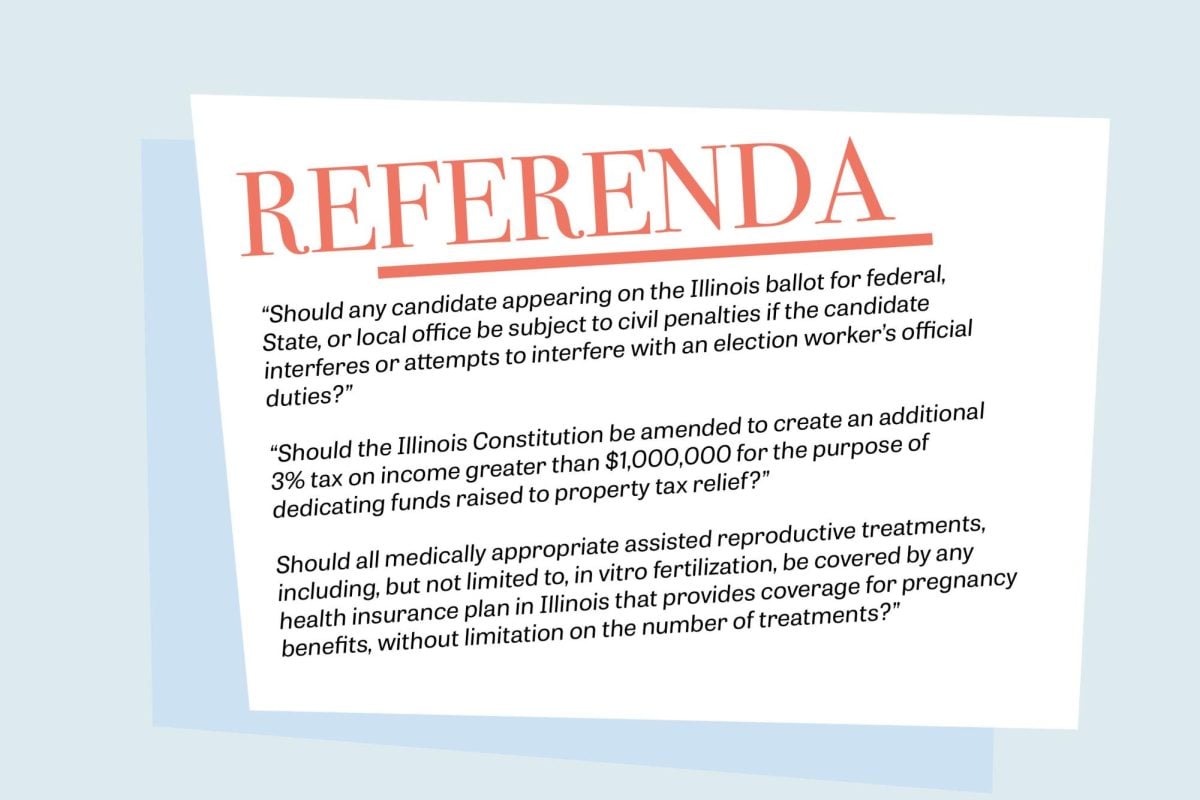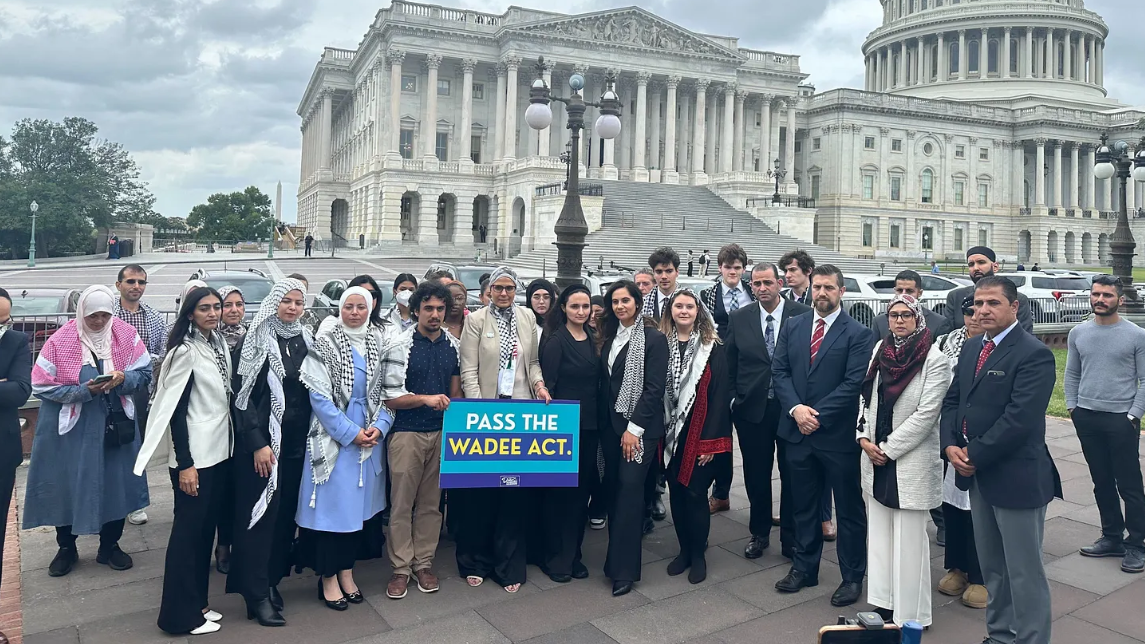The U.S. Supreme Court announced Monday that it will not hear Michigan’s case against the U.S. Army Corpsof Engineers which calls for measures to prevent Asian carp from entering Lake Michigan and the rest of the Great Lakes.
Michigan, Minnesota, Ohio, Pennsylvania and Wisconsin sought for the installation of nets in two Chicago-area rivers to ward off an invasion by bighead and silver carp, which advanced up the Mississippi River and are within 55 miles of Lake Michigan. Scientists have warned the fish could wipe out native species and harm the Great Lakes’ $7 billion fishing industry.
However, the Obama administration announced Feb. 23 it will implement new initiatives to prevent Asian carp from developing self-sustaining populations in the Great Lakes, as a part of President Barack Obama’s 2012 Asian Carp Control Strategy Framework.
“It’s really a great stride forward,” said Charlie Wooley,a deputy regional director for the U.S. Fish and Wildlife Service. “It allows us to be proactive both at the state and the federal level, to be proactive in the control mechanisms that are occurring in the Chicago area and to start to develop sampling machines in the Great Lakes, so that if unfortunately down the road if we were to have an Asian Carp get into the Great Lakes, we’d be able to table that issue.”
Obama’s initiatives include allowing sampling and surveying areas in the Great Lakes where Asian carp might potentially appear, particularly focusing on the Chicago Sanitary and Ship Canaland keeping the Asian carp below the U.S. Army Corpsof Engineers’electric barrier.
“I think it shows the commitment that we are not going to give up and do the best we can because the resources are pretty valuable,” said Kevin Irons, aquatic nuisance species program manager at the Illinois Department of Natural Resources. “Certainly from the economic point of view, we all need help and the federal government has really stepped up to the plate to help the region itself with this problem.”
Wooley said he would categorize the imminent risk of Asian carp entering the Great Lakes as “very, very low,” adding that there are about 160 miles from verified spotting of Asian carp to the Chicago waterway system.
There are some adult Asian carp about 35 to 40 miles south of the barrier, but the smaller, younger fish pose more concern, Wooley said.
“I think that the threat is relatively low right now because of where fish are positioned in the Illinois waterway system, but we’re taking this threat very, very seriously, and we’re doing everything possible to continue to sample this area in proximity to the Army Corps of Engineers’ electric barrier, so we know almost on a weekly basis what the fish composition is in that area,” Wooley said.
Asian carp were imported into the southern United States from Southeast Asia to keep retention ponds in wastewater and aquaculture treatment facilities clean, according to the website of the Asian Carp Regional Coordinating Committee. The species were introduced to the Missouri and Illinois rivers through flooding.
“Unfortunately, they are south of the Illinois River,” Irons said. “The threat, although it doesn’t seem to be moving closer and closer to Chicago, is kind of static right now and has been for about five or six years. They’re still too close to put our guard down.”
Marc Gaden, communications director of the Great Lakes Fishery Commission, said Obama’s control strategy framework brings together the U.S. Environmental Protection Agency, U.S. Army Corps of Engineers and the U.S. Fish and Wildlife Service.
“There is now significant attention to finding solutions to the Asian carp problem,” Gaden said. “It’s a $7 billion Great Lakes fishery, and we have people throughout the region who would be significantly affected by Asian carp or any other invasive species that would have the kind of disruptive capability.”






